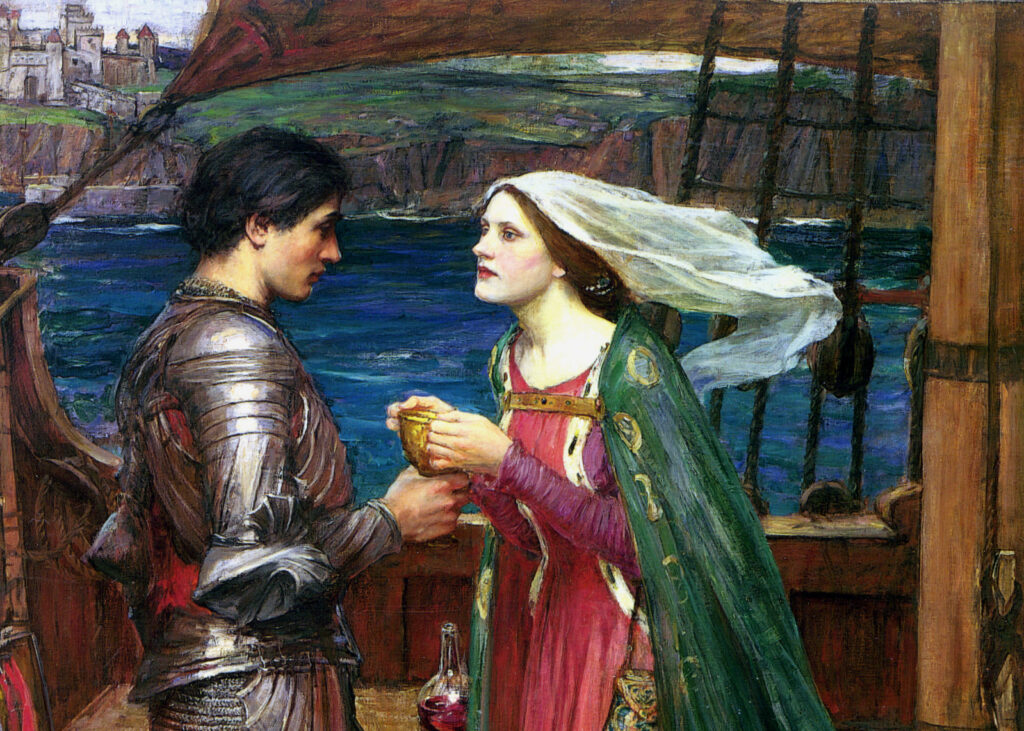Home » Posts tagged 'relationship'
Tag Archives: relationship
The Romance of Tristan and Iseult
(Le Roman de Tristan et Iseut)
Joseph Bédier
1900
(A knight and a lady pursue their magical love through bloodshed and sorrow.)

When tales pass through centuries of retellings, they tend to become what of audio media we would call “overproduced”: too many interpreters have slanted the story their various ways, too many embellishments and new episodes have been inserted, too many accommodations and updates have aimed at suiting the fancies of each audience. In the process the story can lose some of its grip on our imagination and our romantic sensibilities. It can be so cobbled and abused that we are left to distill the heart of it as best we can from a variety of sources. The only way such a beautiful old tale could ever be told today in anything like its original form and spirit, would be for three literary virtues to unite: a single author must be simultaneously an expert scholar, a great poet, and above all, modest. Only a scholar will know the history of the work; will be able to distinguish the wheat from the chaff in elements of theme, characterization, and plot; and will sufficiently understand an ancient teller’s perspective so as to effectively reproduce it. And only a great poet will be able to convey this perspective, and the story itself, with convincing unity and supreme skill; expectations of quality and beauty are lofty when we pick up a beloved and popular story. And finally, many a great poet and scholar will have great pride as well, in which case there will be too much of the writer and not enough of the legend in the text. Granted, we love our authors’ egos when it is them we want to see; but if the aim is to represent something of the original (or at least old) character of a romance, an author must exercise admirable self-control. We can thank Joseph Bédier for being this author in all respects for the legend of Tristan & Iseult.



